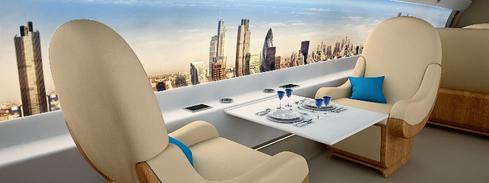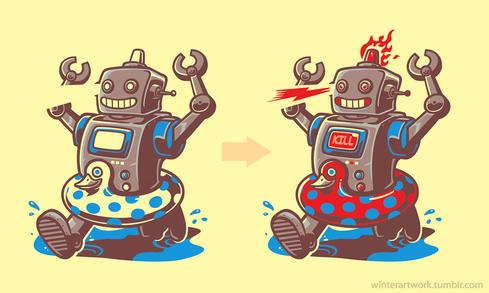Passing a truck, especially on a two-lane highway, can be dangerous. Samsung has a smart solution, but will we adjust?


10 Geekiest Beach Reads Of 2015
10 Geekiest Beach Reads Of 2015 (Click image for larger view and slideshow.)
Samsung has come up with a rather ingenious and simple plan to reduce traffic accidents. It has created a truck you can see through. No, you can't see what is inside the truck, but you can see what is in front of the truck. This lets you change lanes more safely while passing and respond to danger in front of you.
It is shockingly simple. The company mounted a wireless camera on the front of the truck and placed a Samsung video display on the back of the truck. Instant view.
As you can see form the video, Samsung Argentina designed this to help stop traffic deaths. Argentina suffers traffic deaths at a rate of nearly one per hour, and many come from attempting to pass trucks on two lane highways. Clearly this isn't a problem only in Argentina. One startling statistic about truck accidents in America is that 98% of accidents involving a tractor trailer result in at least one fatality.
[Hopefully trucks get safer as they become automated. Read First Automated Truck Licensed to Operate On Public Roads.]
The value here is pretty obvious, but there are a few problems I can see.
One is cost, but when you consider the cost of big rigs and the amount of revenue they produce, it seems relatively small. A new truck costs about $140,000, and the yearly cost to operate one is $185,000. Revenue averages around $200,000. The price of a camera and a video display seems like small potatoes, though, granted, margins are rather slim in the trucking business. (Note: The revenue number is slightly older than the cost numbers, so margins might be slightly bigger than shown.) A big factor in the cost is how long these displays last in the elements, which is something I can't find data on.
Another is powering the device, which I assume requires some rewiring and changes to the power requirements to the truck. Samsung does not report how its designers powered the display, but I assume they used the truck's existing electrical system.
The biggest issue I wonder about is the driver adjustment to the concept.
We all know mirror and camera systems in cars come with warnings that objects may be closer than they appear. Can we adjust the view of the camera to give a driver a true sense of where oncoming traffic might be? Are we substituting one danger for another by creating a false sense of security?
Just as important, will the displays become a distraction? I don't know about you, but if I'm in a restaurant and a TV is on, I can't help but be distracted by the motion. Our brains are trained to see motion and respond to it. It's a leftover evolutionary response from our days as hunters. Will what essentially amounts to a TV on a truck become a "show" rather than a safety device?
Despite my reservations, I think we can overcome the issue, which then begs the question: What else can we make transparent? Seems like minivans and pickup trucks are the obvious next step. Same concept, smaller TV.
I think we can go beyond that. What about a transparent door? Can we put a camera outside the front door and the display on the inside, so we can see who is ringing the bell?
Spike Aerospace has begun offering windowless supersonic airplanes where passengers see through the plane via video, instead of looking through a real window. This makes the plane more aerodynamic, saves fuel, and makes it easier to build.
Basically, we're reaching the point where a camera and a TV make a cheap and reliable substitute for not being able to see the real world. Anywhere you need eyes, you can make this work. But despite it being a relatively simple concept, we're not putting it into practice as Samsung envisioned it yet -- as a real-time extension of our eyes at high speeds. Sure, we can use security cameras to check sensitive areas, but are we going to be able to use them at 55 miles per hour? How about at supersonic speeds?
I think it will take some getting used to, but it will happen. What do you think? Is transparent transportation in our future? Tell me in the comments.
About the Author(s)
You May Also Like







